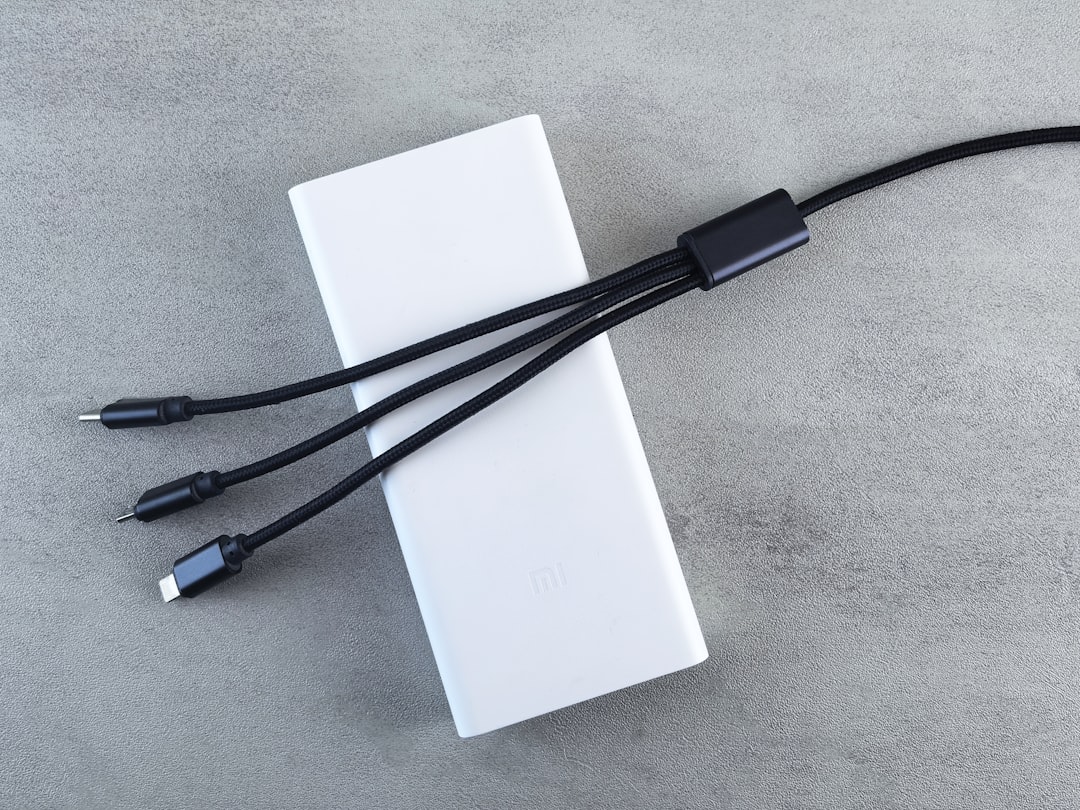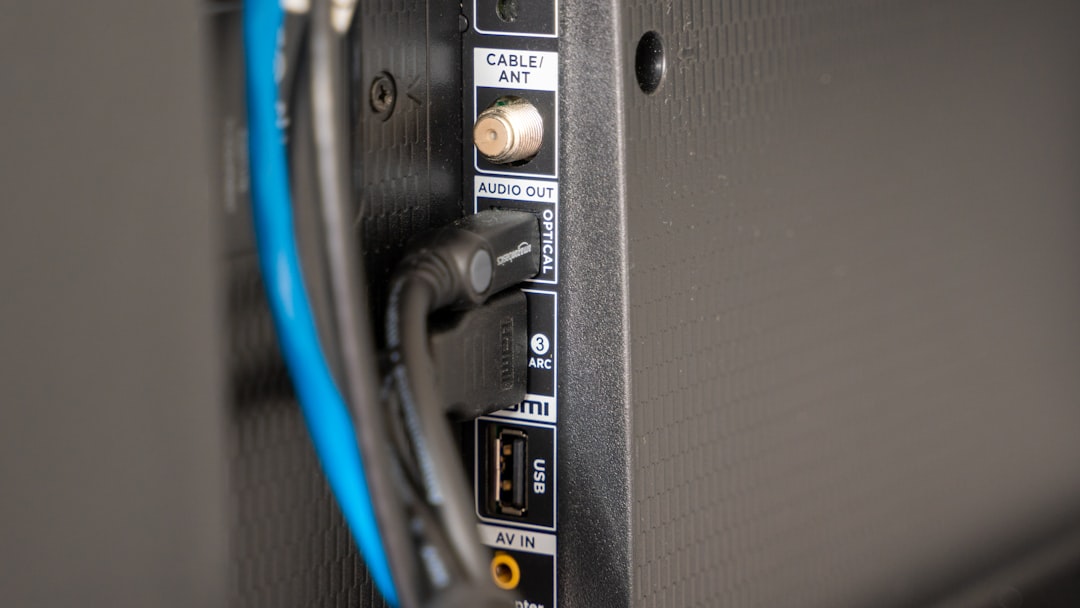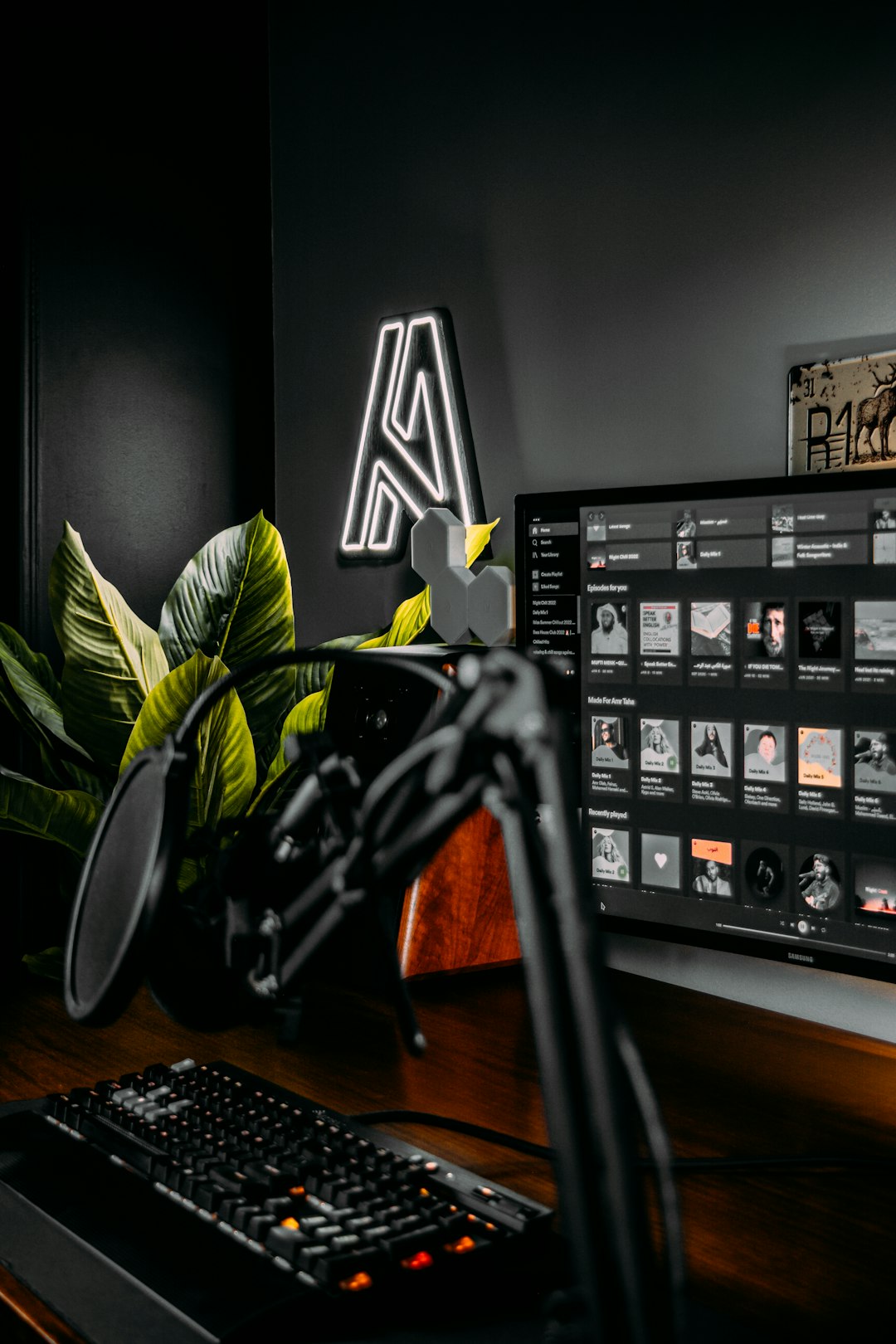In the world of digital displays and high-definition content delivery, choosing the right cable and adapter is crucial for getting the best possible performance from your devices. Two of the most commonly used display interfaces today are HDMI and DisplayPort. However, due to your devices having mismatched ports, you might find yourself needing to convert from HDMI to DisplayPort, or vice versa. But understanding how these conversions work and which direction is more effective can save you confusion, money, and frustration.
What is HDMI?
HDMI (High-Definition Multimedia Interface) is a widely-used audio/video interface that carries both high-definition video and audio signals from a source device — like a Blu-ray player, game console, or computer — to a display such as a TV or monitor. It has become the industry standard for consumer electronics due to its ease of use and widespread compatibility.
What is DisplayPort?
DisplayPort is a digital display interface primarily used in the computer industry. Developed by the VESA (Video Electronics Standards Association), DisplayPort is known for extra features like support for daisy-chaining monitors, higher resolutions, and refresh rates. It’s commonly found in high-end gaming monitors and professional editing setups.
The Direction of Conversion: Why It Matters
A common mistake people make is assuming that converting from HDMI to DisplayPort is just as simple as going from DisplayPort to HDMI. Unfortunately, the two directions are not symmetrical. There are technical reasons why converting one direction is more feasible than the other.
1. DisplayPort to HDMI
If your source device (e.g., a PC graphics card) has a DisplayPort output and your display only has an HDMI input, you’re in luck. This conversion is relatively straightforward and most modern graphics cards support this conversion natively through a mode known as Dual-Mode DisplayPort (also referred to as DP++).
- Uses passive adapters in many cases
- Supports audio and video signals
- Ideal for connecting a PC to an HDMI TV or monitor
In this scenario, the DisplayPort interface can recognize that an HDMI signal is needed and convert the output signal accordingly without requiring an active converter.
2. HDMI to DisplayPort
This direction is significantly more complex. HDMI was never designed to output signals that DisplayPort can natively understand. Therefore, a passive cable or adapter simply won’t cut it here. You’ll need an active converter that includes signal re-processing and power usage.
- Requires an active adapter with its own power supply
- Not all HDMI sources support the necessary output resolution or signaling
- Often more expensive and less reliable

This means if your laptop or gaming console only has an HDMI output and your monitor only has a DisplayPort input, you must purchase a high-quality active HDMI to DisplayPort adapter that usually draws power from a USB source. Even then, compatibility isn’t guaranteed.
Why the Technical Difference Exists
DisplayPort and HDMI are designed using radically different signaling technologies. HDMI uses a method called TMDS (Transition-Minimized Differential Signaling), while DisplayPort uses a packetized data structure more like USB or Ethernet. Because of this, converting HDMI signals to DisplayPort requires the content to be restructured and synchronized in real-time, which is no easy feat.
That’s why DisplayPort to HDMI conversion is easier and less resource-intensive — essentially, DisplayPort is more flexible and can emulate HDMI. But the reverse isn’t true.
Performance Considerations
If you’re converting between HDMI and DisplayPort interfaces, your adapter will affect your maximum achievable resolution and refresh rate. Here’s a quick breakdown:
Passive DisplayPort to HDMI Adapter
- Usually supports up to 1080p or 4K at 30Hz
- Limited by HDMI version compatibility
- Minimal latency
Active HDMI to DisplayPort Adapter
- Limited to 1080p at 60Hz or 1440p at 60Hz in most cases
- Potential for lag or signal degradation depending on quality
- Requires external power
Higher-end adapters may support better resolutions like 4K at 60Hz, but these are more expensive and often require firmware updates or selective hardware compatibility.
Use Case Scenarios
Scenario 1: Connecting a PC with DisplayPort to an HDMI TV
Ideal! Simply use a DisplayPort to HDMI passive adapter or cable. It’s affordable and effective.
Scenario 2: Connecting a Laptop with HDMI to a Professional Monitor with DisplayPort
Challenging. You will need an active HDMI to DisplayPort adapter, preferably one with USB power. Even then, double-check compatibility lists or user reviews before buying.

Scenario 3: Gaming Console with HDMI to a DisplayPort Monitor
Problematic. Most consoles don’t support outputting signals suitable for DisplayPort. Even with an active adapter, many users report issues such as black screens or limited resolutions. You’re better off using a monitor that supports HDMI natively.
Best Practices When Using Adapters
- Check specifications: Make sure you know which ports are on your source and display. The direction of the signal matters.
- Use quality products: Don’t skimp on adapters. Poor-quality ones may lead to signal loss or latency.
- Look for powered adapters: Especially when going from HDMI to DisplayPort, power is often necessary for the conversion.
- Beware of misleading labeling: Some adapters or cables are labeled ambiguously. A “DisplayPort to HDMI” cable will not work in reverse.

Conclusion: Which Direction Suits Your Needs?
Understanding the direction of the signal — and the technology behind it — is key when choosing between HDMI to DisplayPort and DisplayPort to HDMI. If you’re moving from a computer to a TV, DisplayPort to HDMI is easy and inexpensive. But if you’re trying to connect your console or laptop with HDMI to a DisplayPort monitor, you’ll need a powered, active adapter and a bit of luck with compatibility.
These differences aren’t just technical nuances — they can affect whether your display even turns on. So the next time you find yourself needing one of these conversions, think about the direction carefully and choose an adapter that suits both your devices and your resolution needs.



Leave a Reply